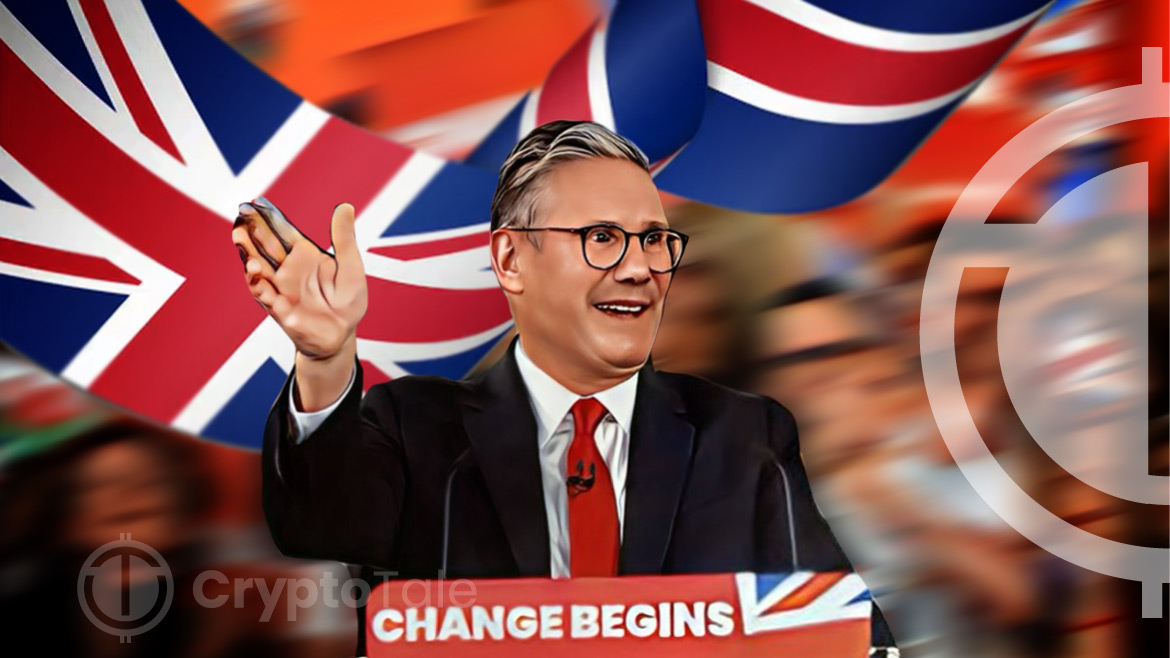
The Labour Party, led by Keir Starmer, has decisively won the UK general election, securing 410 seats and ending 14 years of Conservative governance. This sweeping win sets the stage for significant changes in UK policy and leadership under Starmer. The Conservative Party, having held power for over a decade, won only 119 seats. Their prior focus on making the UK a hub for cryptocurrency and the enacted legislations under Rishi Sunak’s leadership, have now given way to Labour’s unclarified stance on crypto regulations.
Starmer’s Crypto View: Uncertainties and Expectations
While Keir Starmer has not explicitly outlined his stance on cryptocurrencies, the Labour Party has historically shown support for digital innovations such as tokenization and the potential introduction of a central bank digital currency (CBDC). In their recent financial services plan, Labour expressed intentions to transform the UK into a hub for securities tokenization and to continue exploring the development of a digital pound. However, detailed policies and their implementation remain ambiguous.
Coinbase Files Lawsuits Against SEC and FDIC for Crypto Regulation DocumentsSunak’s Crypto Vision: A Legacy of Regulation and Innovation
Under outgoing Prime Minister Rishi Sunak, the Conservative Party had a clear vision for cryptocurrency in the UK. Sunak’s administration advocated for the UK to become a global crypto hub, initiating consultations on stablecoin regulations and secondary legislations for these digital assets.
UK’s Crypto Establishment and Regulation: A Transition Phase
With the shift in government, the UK’s stance on crypto regulations is at a potential turning point. The Labour Party supports the idea of a digital pound and has plans to set up regulatory sandboxes for testing financial products. However, the specifics of how Labour will navigate existing policies established by the Conservatives or introduce new regulations remain to be seen. Industry experts suggest that while Labour might not overturn established frameworks, they could expand or modify them to align with their broader economic and technological goals.














